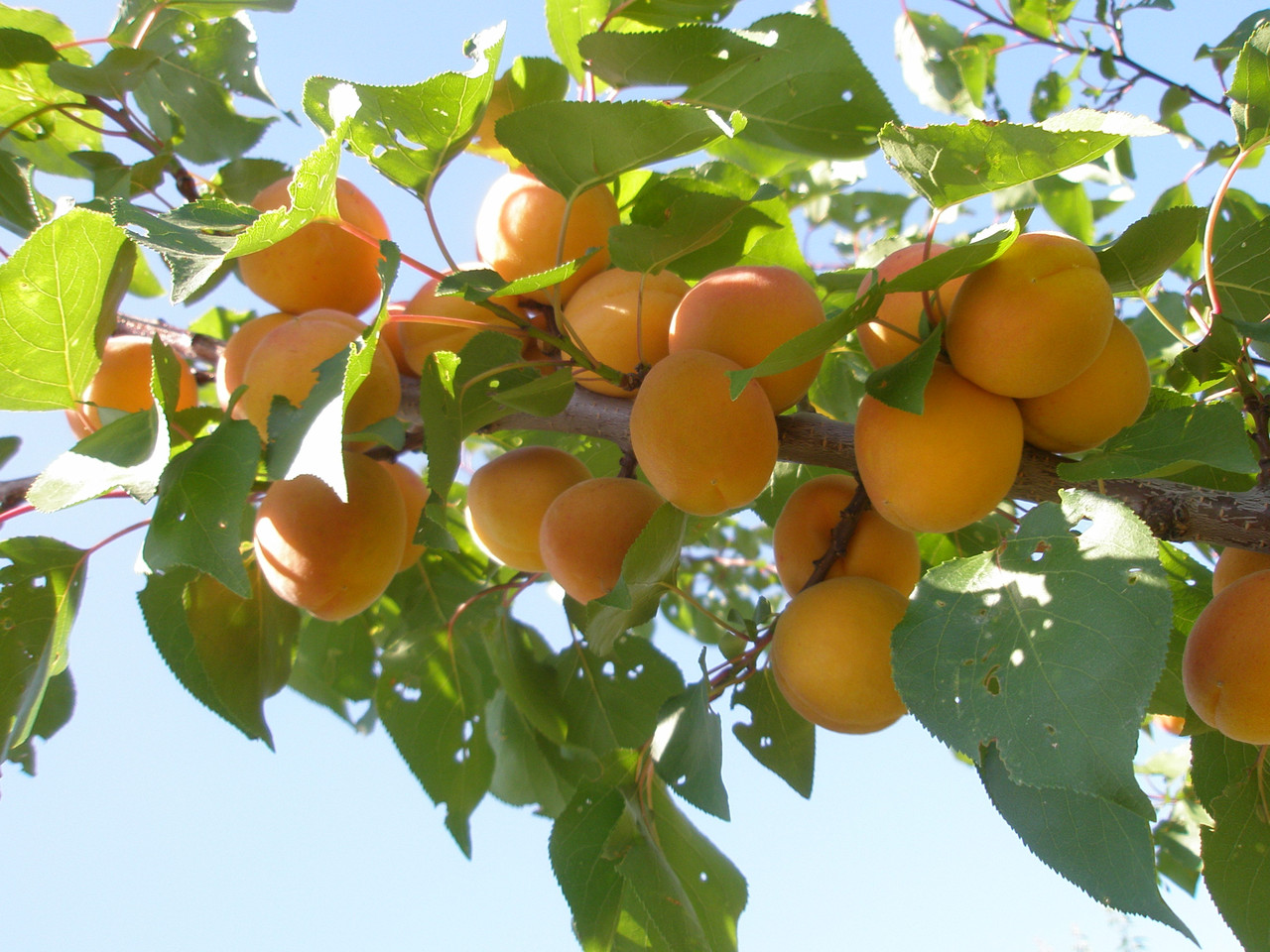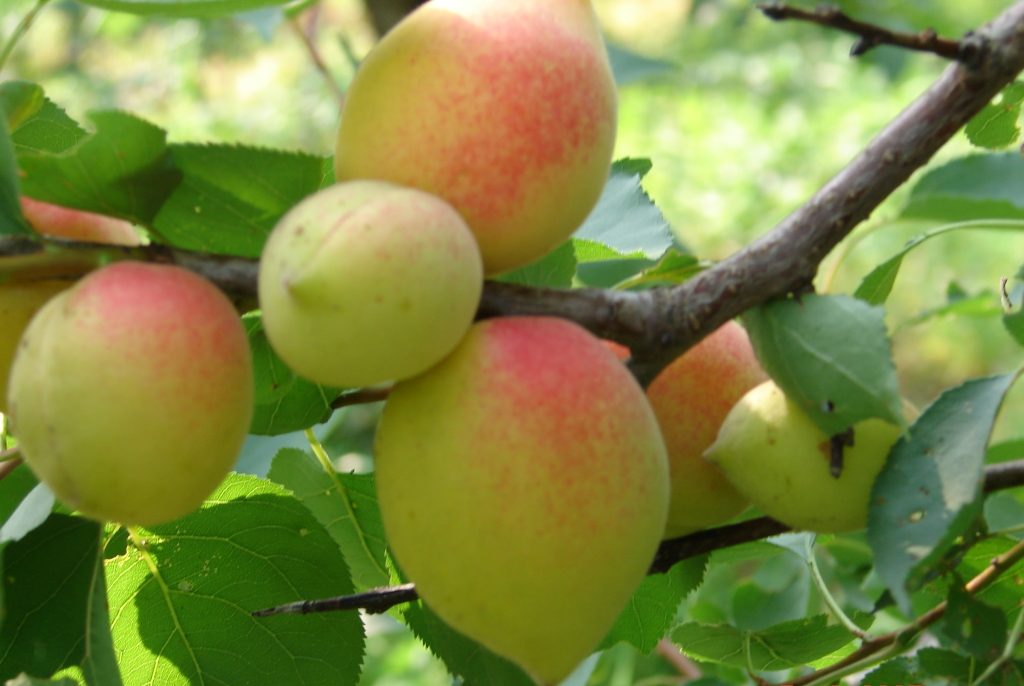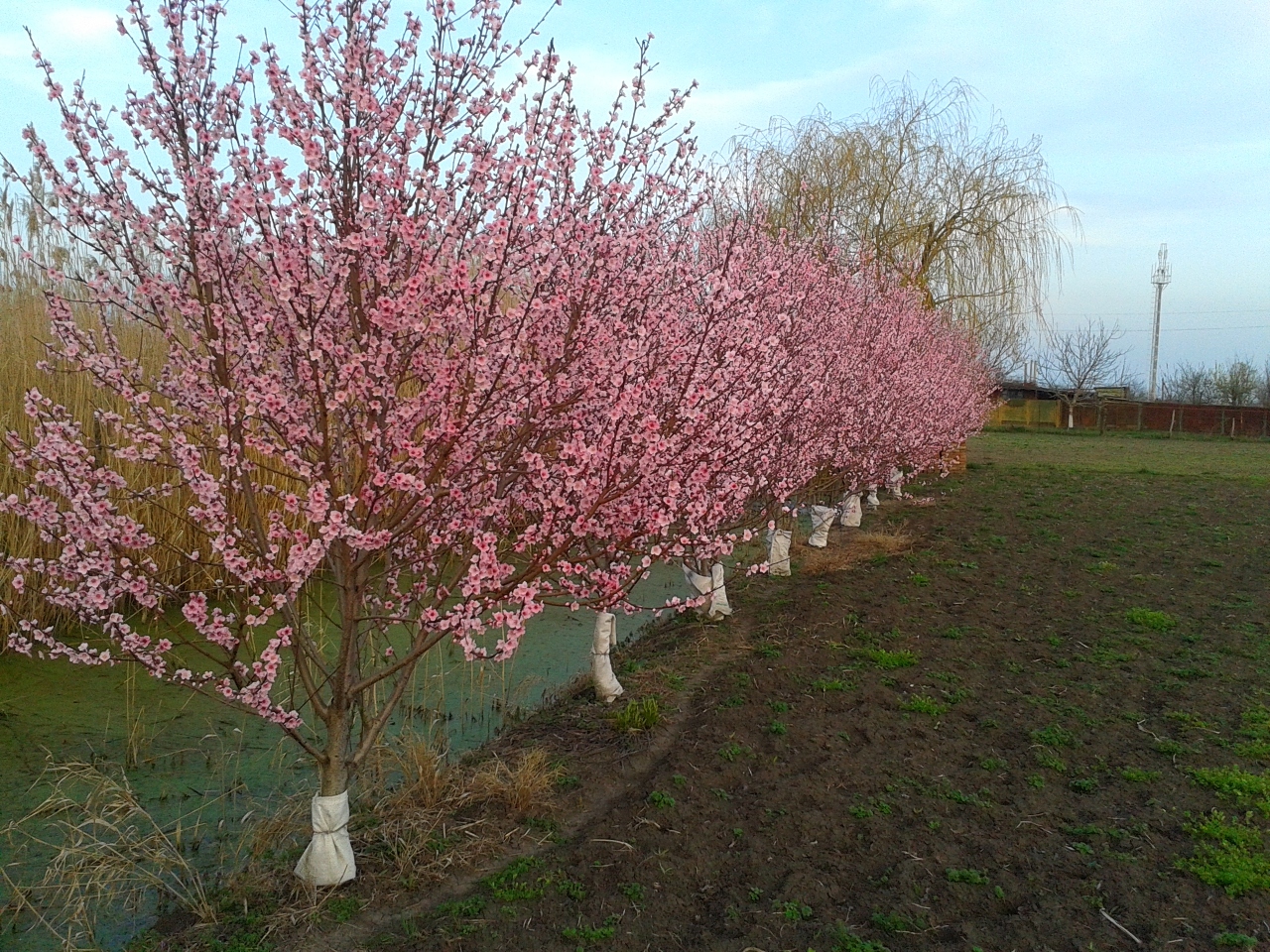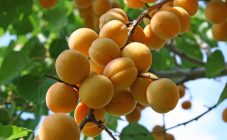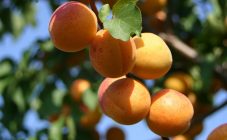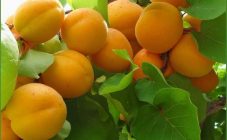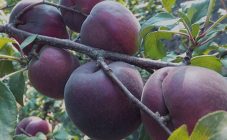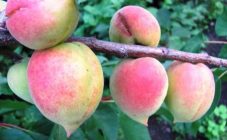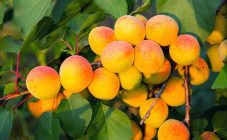Content:
Apricots are unconventional fruits for many regions of Russia, including the Middle Belt, the Urals, Siberia and the Far East. This is primarily due to the biological characteristics of the culture. But the selection work carried out allows the gardeners of these places to enjoy the juicy taste of these fruits, which can now be grown on their site.
History of appearance
Work on the creation of more frost-resistant varieties of apricots began in 1933. In Chelyabinsk, the experiments were carried out by Mikhail Nikolaevich Salamatov. A little later, they were continued by Grigory Tikhonovich Kazmin at the Far Eastern Research Institute of Agriculture (abbr. DalNIISH). The breeder decided to pollinate the previously bred frost-resistant variety Best Michurinsky with southern apricots (Alexander early, Royal, Overinsky early ripening and Krasnosheky).
The collection of seeds was carried out in 1950, and already in the next year, several new seedlings appeared in the breeding nursery. For 13 years, the trees have been actively growing and giving a stable harvest. Successful trials allowed the hybrid to be included in the State Register of Varietal Crops.
The variety is also known as Far Eastern, Ussuriyskiy or Amurskiy early apricot. It is distinguished by its exceptional frost resistance. During the tests, the branches did not freeze by more than one third of their length, and the wood was almost not affected by the cold at all.
In addition, the hybrid is equipped with high immunity to various fungal diseases. The yield has remained consistently high for many years. All this makes apricot Cupid ideal for cultivation in the Central and Far Eastern regions of the country.
Apricot Ussuri variety description
The tree grows very slowly. The hybrid is compact and medium in size. The height of the trunk rarely exceeds 3 meters, the crown spreads out about 3.5 meters. It is rounded and slightly elongated in shape. There is a lot of foliage.
The barrel is often half-stem. The distance from the soil to the first skeletal branch is 1 meter. The bark is of medium thickness, smooth, with large transverse lenticels. Branches from the trunk grow almost at right angles. Over time, their color changes from dark brown to pearl gray.
Shoots grow in moderation. Terry annuals have a brown hue, as they grow older, they become smooth, and the tone is more like green. There is no pubescence on them. The trunks are highly resistant to podoprevaniya and burns.
The leaf plate is ovoid with a pointed tip. It is distinguished by its large size. The edges are uneven, crenate. The plate is thin and smooth. On the front side it is dark green, on the back - whitish. The kidneys are usually located in three pieces, less often one at a time. The petiole is long, but of medium thickness.
The hybrid blooms by mid-May. Large buds are colored dark red. Dense wood at a tree is formed at 3-4 years of growth.
Fruit parameters
The description of the Apricot Amur variety without the characteristics of the fruit is incomplete. They are of medium size. Weight varies from 25 to 35 grams. The shape is rounded, elongated to the tip. In this case, the base is deep, and the funnel is wide, but not deep.
The seam on the surface is small, the strip is well colored. The thick short stalk holds the fruit firmly to the branch. There it is hidden inside the crown under dense foliage. The skin is uneven, painted in a bright yellow color with a carmine blush.It is strong and does not lag behind the pulp.
The fruits are visually attractive, while being uniform in size. The pulp is orange in color. It is medium juicy and slightly crispy. The consistency is dense and soft at the same time. The taste is pleasant sweet and sour.
The stone is small, rounded, slightly elongated. Its core is sweet, and the surface is smooth. The fruits are used for different purposes: both for making jam, juice, jelly, marmalade, and for fresh consumption. Apricots are stored for up to two weeks.
Apricot Amur planting and care
Seedlings are planted in spring or autumn. When choosing the first season of the year, you need to wait until the soil is completely warmed up. This usually happens by the beginning of May. When choosing the second option, planting is carried out at least two weeks before the start of the first autumn frosts, otherwise the seedling will not have time to take root in a new place.
When choosing planting material, special attention is paid to its root system. It must not contain damage, cuts or mold. In addition, dried roots should be avoided.
Apricot is picky about the planting site. It has a gentle character, so it does not tolerate drafts, lack of sunlight or stagnant water. He also doesn't like heavy clay soils.
Feels good on small hills in the southern or southeastern part of the garden. If those are not found on the site, then the summer resident can create artificial mounds for this varietal crop.
You need to plant a hybrid in light soils with good air circulation. The acidity is either weak or neutral. At a pH above 7.5 points, the tree will not grow. The soil is deoxidized in advance - no later than a month before planting, the gardener can mix the soil with chalk or dolomite flour.
Heavy clay soils can be softened with river sand, humus, or ash. These ingredients are taken in equal parts and mixed with the same amount of earth. Then a hole is pulled out. The tree is lowered into it, carefully spreading the roots. Then fill the hole with the previously prepared earthen mixture.
The root collar should be above ground level. If the roots are a little bare, then this is not scary. Then a peg is installed for the correct growth of the seedling. The last stage is abundant watering.
The tree begins to bear fruit at 6-7 years. In the early years, it is very important to form a crown of the correct shape. To do this, the seedling is cut in spring or autumn. The twigs are cut to one third of their total length.
In the first year, the flowers on the tree are removed, so the crown will get more nutrients for growth. Regular feeding will help her develop well. Nitrogen-potassium fertilizers are applied 1-2 times a year. This variety will also like organic food such as manure or humus. When growing fruits, you need phosphorus. It is brought in during the period of ovary appearance.
Advantages and disadvantages of the variety
The main plus of the culture is its high winter hardiness, which is very important in the harsh conditions of the Far East.
In addition, it boasts:
- great resistance to lack of moisture;
- moniliosis has little chance of infecting the tree;
- the hybrid gives a stable high yield.
Of the shortcomings, gardeners note the following:
- fruits are modest in size;
- an abundance of water leads to the death of the tree, especially in the first years of growth.
The virtues of culture undoubtedly outweigh the flaws. That is why the hybrid so quickly gained popularity among the population.
